Litopia Writers’ Reading List 2024

Peter Cox, founder of Litopia
I asked our members a simple question.
Which books have had the most profound impact on your development as a writer?
Here’s what they told me. A glorious cornucopia of more than forty definitive titles that ought to be on your reading list.
And note: if you buy them all (why not?) it will still be cheaper than taking one average-priced commercial writing course.
We’ve all enjoyed putting this list together, and we hope you get as much out of it as we have.
Peter Cox
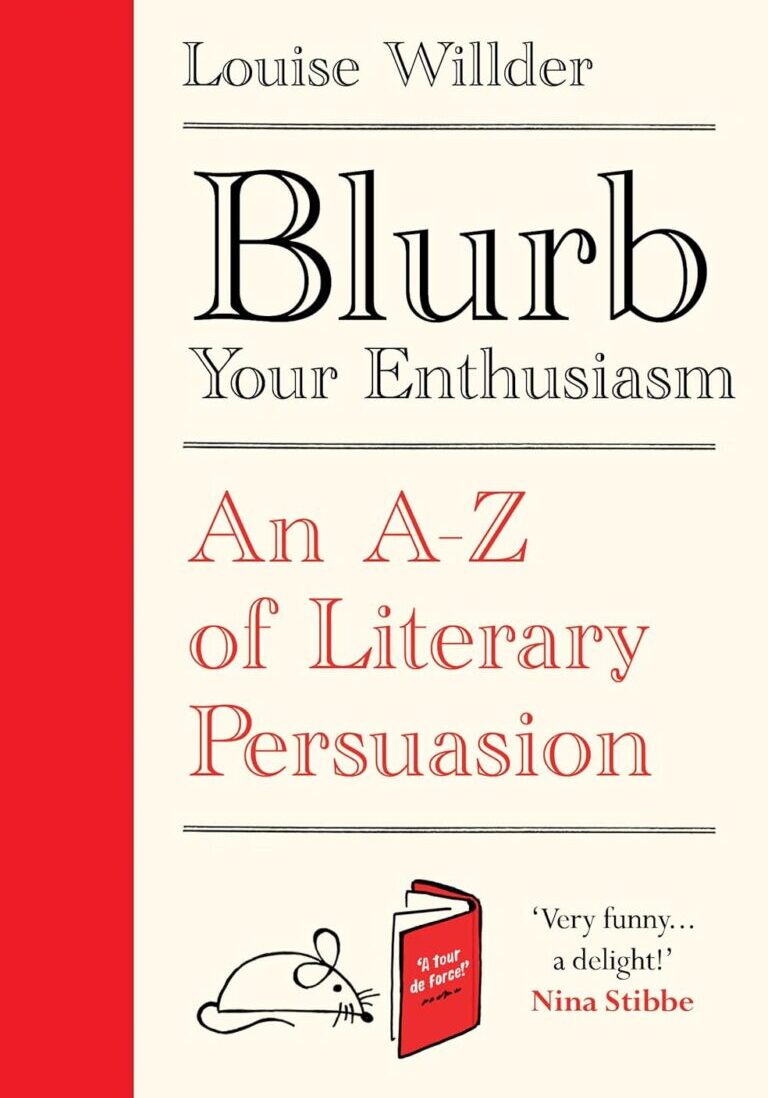
Blurb Your Enthusiasm: An A To Z Of Literary Persuasion by Louise Willder
Our Summary
How different blurbs work in different genres from an insider in the business (Willder is a Penguin books blurb writer). Lots of great examples in each genre in terms of what does and doesn't work and why. Willder argues every word matters in a blurb, and so each has to count. Thus, she offers ways to do this.
What I learned From It
How to write a successful blurb from an experienced blurb writer. That is, what will appeal to readers in different genres and why. Use of specific words and phrases that attract readers. The multitude of different examples proved helpful as comparisons to craft your own blurb. As the book is written with humour, it's easy to read. You can also flick to different sections as per the genre you're working in, but I'd recommend you read the whole books to get the full picture.
Rachael Burnett
[maxbutton id="1" url="https://amzn.to/3RczNiw" ]
[maxbutton id="2" url="https://amzn.to/3RbgTZh" ]
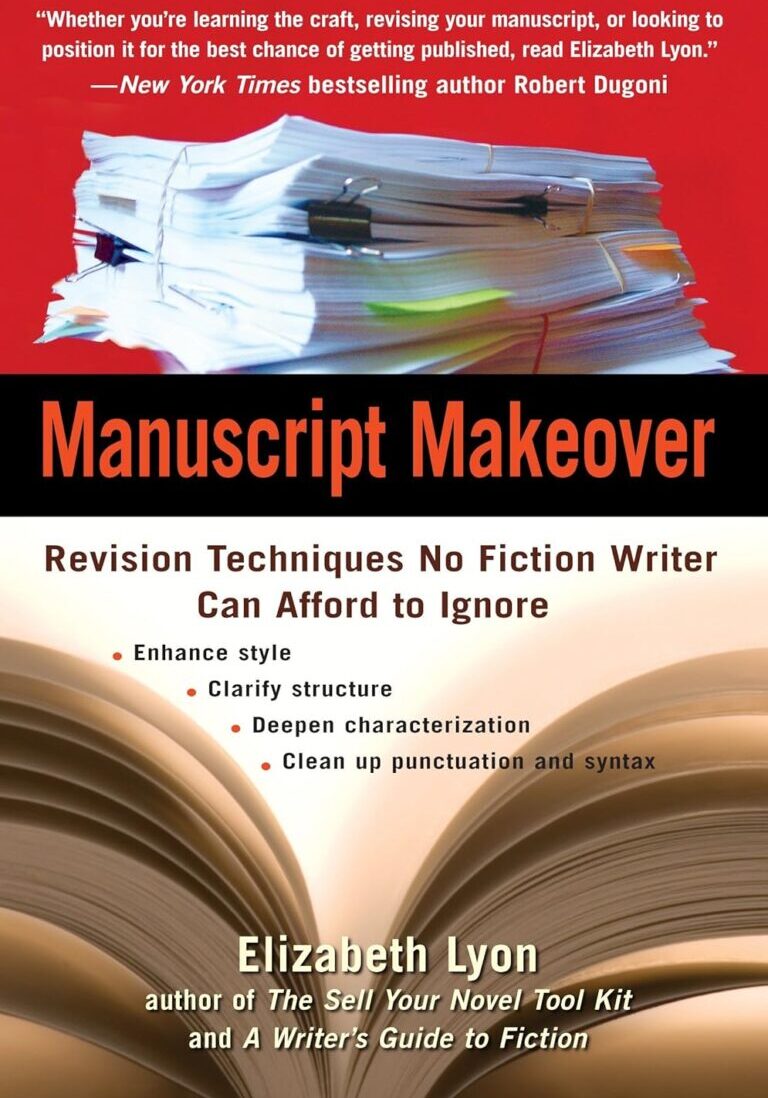
Manuscript Makeover: Revision Techniques No Fiction Writer Can Afford to Ignore by Elizabeth Lyon
Our Summary
Presents in a highly readable, organized way all of the elements of a novel, from the significance of genre and common to lesser-known structures to all the aspects of a writers' craft. Briefly and with amazing clarity, describes potential problems which might arise from each, then follows with suggestions for how to "fix" them. Chapters are organized around particular craft elements and issues, so readers can choose which parts of the book to focus on relative to their personal writing needs. Review checklists of problems and their solutions are included at the end of each chapter.
What I Learned From It
I have now read easily a dozen books on how to write a novel, plus several on revision, and while I've taken away something of value from each, not one of them has given me the breadth of awareness and practical understanding of craft elements, from A to Z and beyond, that this jam-packed, wisely conceived and clearly presented book has given me. It's not prescriptive, nor does it follow the latest trends in fiction writing. Ms Lyons doesn't think she has 'the' answer or make suggestions that make a writer feel like a square peg being forced into a round hole, but rather shows writers how to consider each issue in light of their own writing style, voice and vision for their novel. Check out the Amazon reviews; I'm not the only one who loves this book. It's a keeper! And one to be used over and over.
CarolMS
[maxbutton id="1" url="https://amzn.to/3SYVT9x" ]
[maxbutton id="2" url="https://amzn.to/3MZVwrv" ]
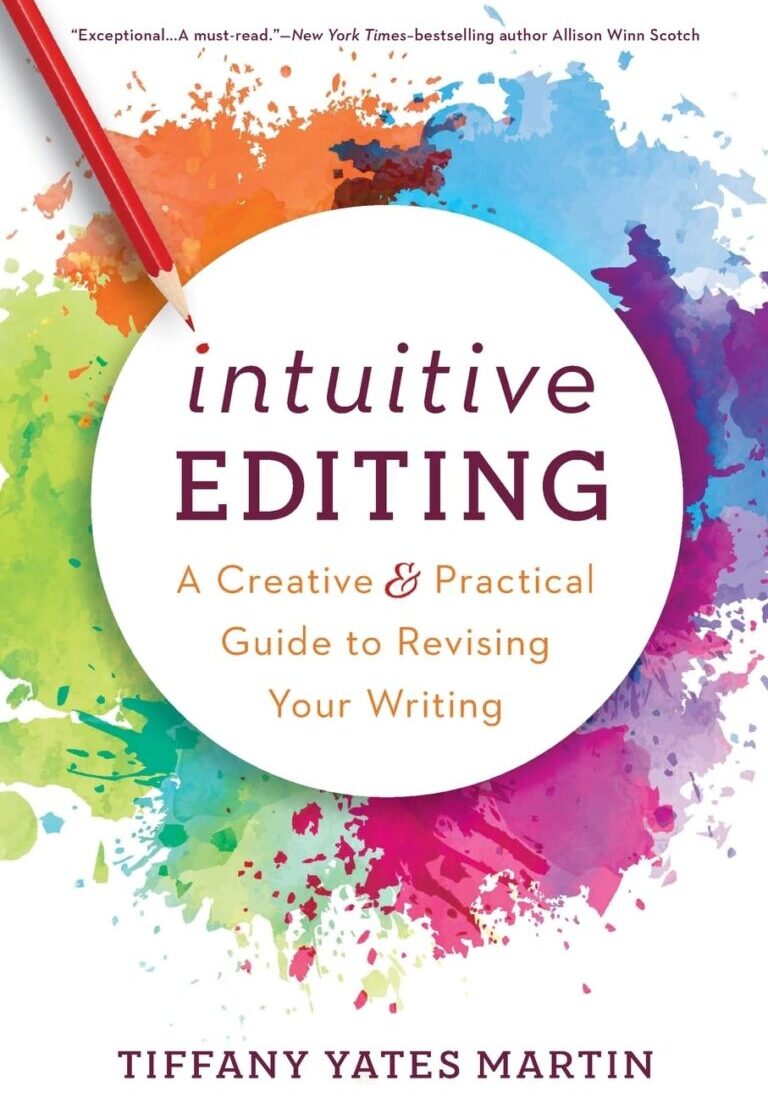
Intuitive Editing by Tiffany Yates Martin
Our Summary
Everything you could possibly need to know to get your manuscript to submission or self-publishing standards.
What I Learned From It
This book is gold dust. Made me think objectively about everything I've been doing or hope to do.
Vagabond Heart
[maxbutton id="2" url="https://amzn.to/49PDylq" ]
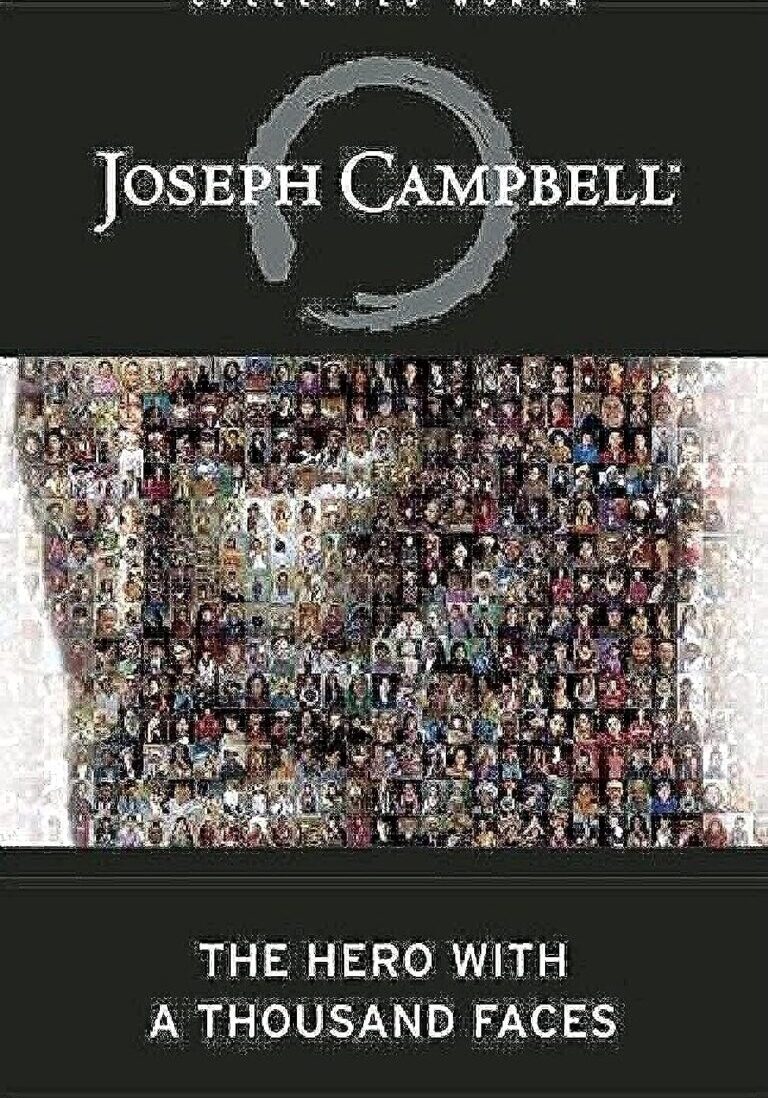
The Hero With A Thousand Faces by Joseph Campbell
Our Summary
First published in 1949, this dense, sometimes impenetrable, and somewhat controversial book on comparative mythology takes a tour through world folklore to tease out common themes and archetypes.
What I learned From It
What George Lucas was thinking when he wrote Star Wars. If you want to understand Hollywood's obsession with this mode of storytelling, you should read this book. If you've heard other writers talk/evangelize/fret about the "Hero's Journey" and you're not exactly sure what they're talking about, you should read this book. If you have even the most passing interest in commercial Western storytelling, you should read this book. Also see "The Writer's Journey" by Christopher Vogler.
Rich.
[maxbutton id="1" url="https://amzn.to/3MSV5PG" ]
[maxbutton id="2" url="https://amzn.to/46uzOTx" ]
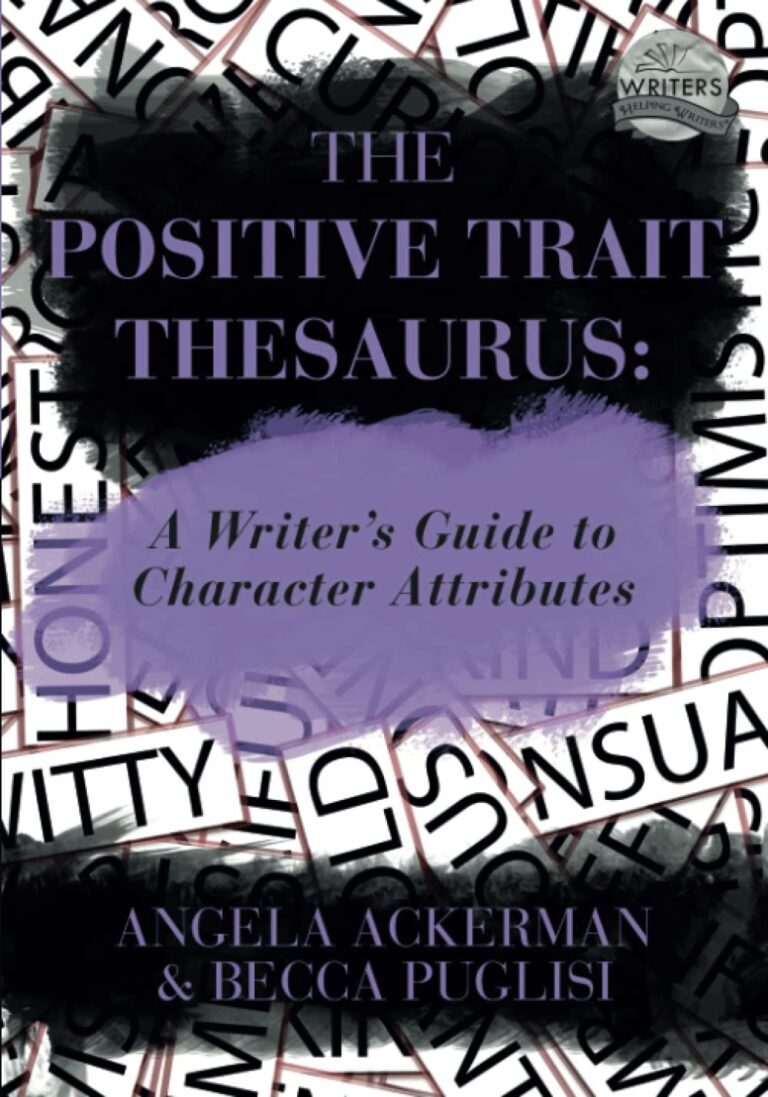
The Positive Trait Thesaurus by Angela Ackerman And Becca Puglisi
Our Summary
Lists character traits to help you generate different types of characters and how these traits might manifest. Useful in conjunction with The Negative Trait Thesaurus by the same authors.
What I learned From It
Helped me to write characters with more depth and think of a wider range of character types for my books.
Claire G
[maxbutton id="1" url="https://amzn.to/46vt085" ]
[maxbutton id="2" url="https://amzn.to/3sLx3iK" ]
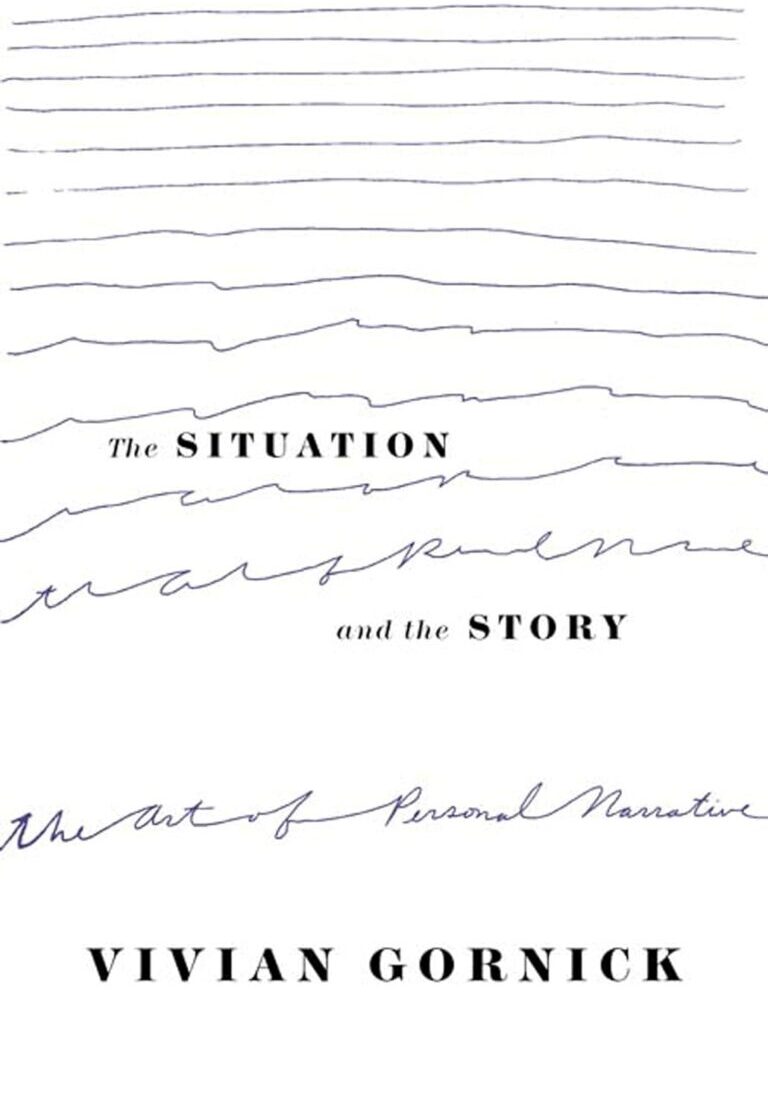
The Situation And The Story – The Art Of Personal Narrative by Vivian Gornick
Our Summary
Every work of literature has both a situation and a story, and modern memoir is all about the self that we become through life experience. She deftly illustrates this rather lofty theory with specific examples of how personal narrative is memorably crafted by different writers.
What I learned From It
Memoir is not about you or your life. It is about finding the truth and making sense of life experience to deliver a story that will resonate with readers. A hugely helpful read for anyone planning a memoir.
Mel L
[maxbutton id="2" url="https://amzn.to/3QQi4w6" ]
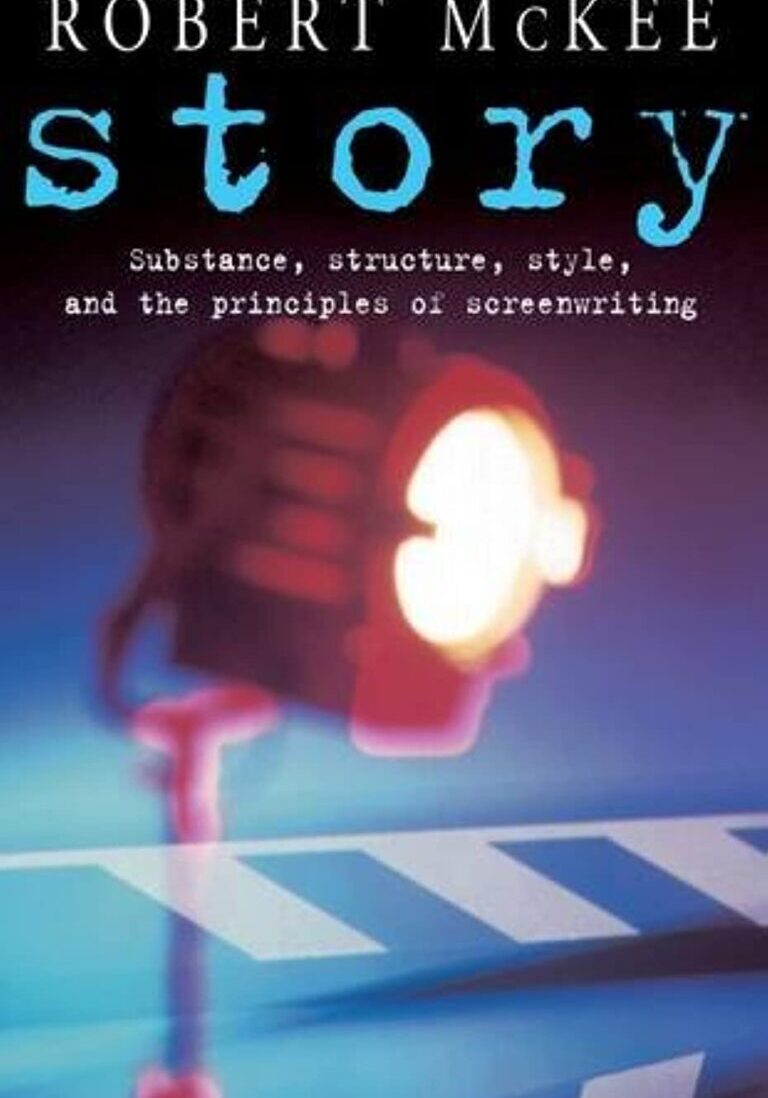
Story – Substance, Structure, Style And The Principles Of Screenwriting by Robert Mckee
Our Summary
An oft-quoted reference for screenwriting, this book delves deep into story as a metaphor for life. McKee's analysis of film structure is hugely insightful for novelists. He explores genre, character, theme and exposition in terms that are clear and thought-provoking. Beyond a 'how to' guide, this is a reference book that deserves its place on a writer's shelf.
What I learned From It
The art of story is universal. The same set of skills a writer uses to bring a story to the screen also strengthen our craft in writing fiction and other narratives.
Mel L
[maxbutton id="1" url="https://amzn.to/3STyrKY" ]
[maxbutton id="2" url="https://amzn.to/3sLT014" ]
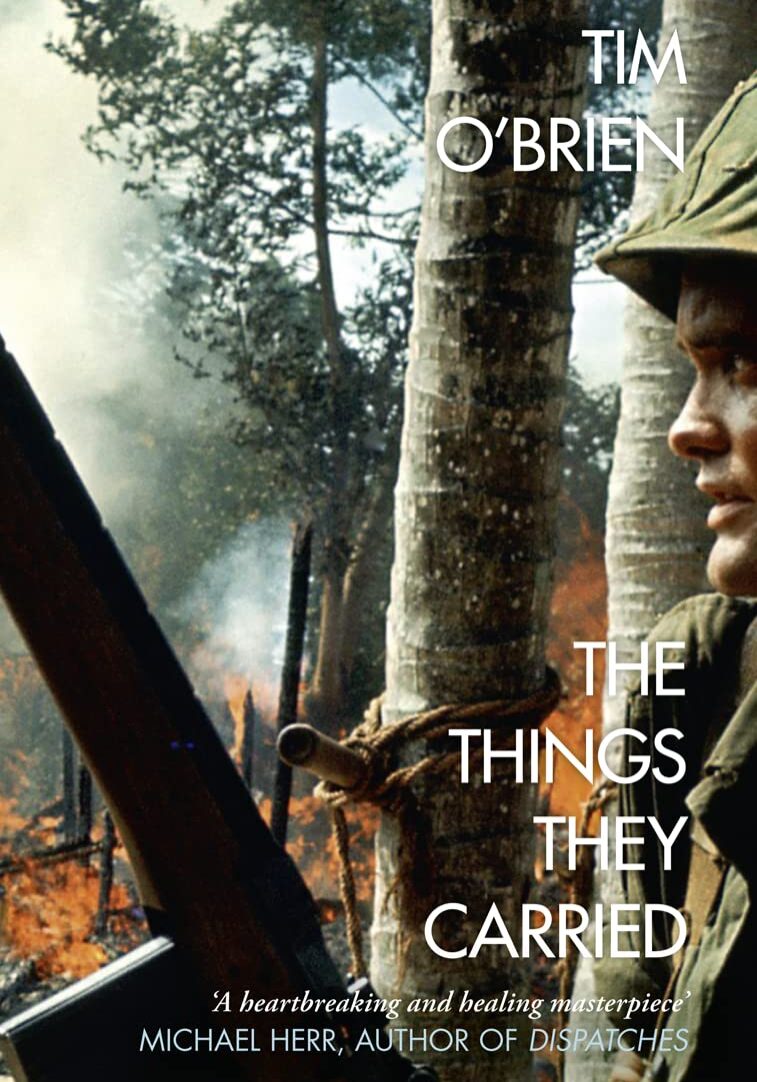
The Things They Carried by Tim O’Brien
Our Summary
a series of essays and short stories on the nature of story
What I learned From It
It does a great job of explaining the nature of truth in story. there's a great section which notes that the factually correct war story is not the really true one,
MattScho
[maxbutton id="1" url="https://amzn.to/3uA2rRH" ]
[maxbutton id="2" url="https://amzn.to/40T0KuL" ]
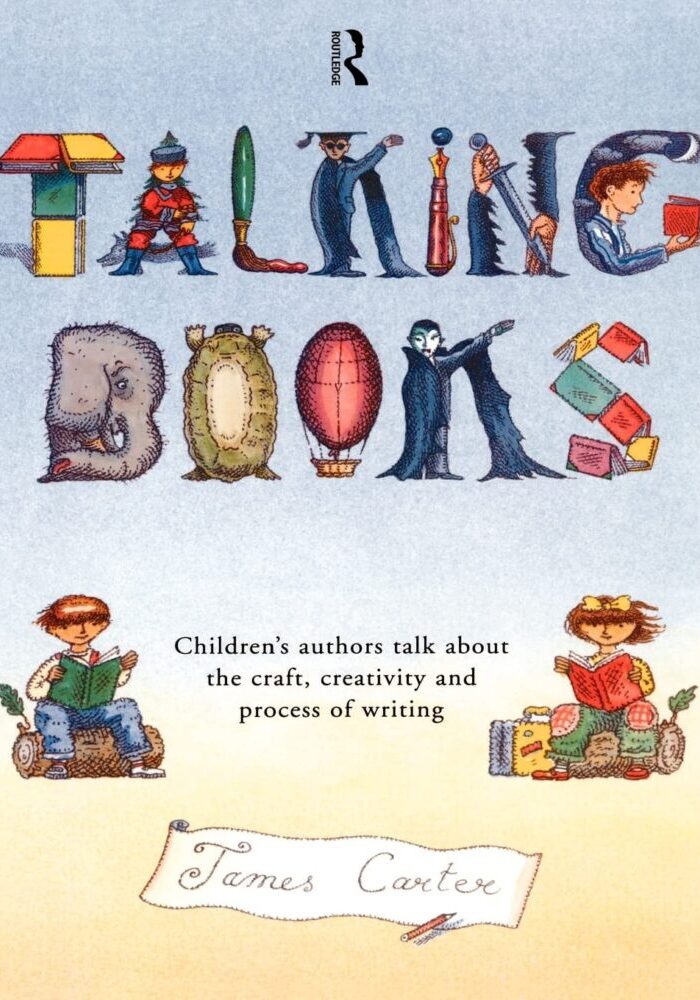
Talking Books by James Carter
Our Summary
Various children's authors talk about craft and how they became professional authors.
What I learned From It
That it was possible to be a writer without being a god. It is a cherished book that sparked the possibility of being a writer for me.
Trey
[maxbutton id="1" url="https://amzn.to/3usRJwx" ]
[maxbutton id="2" url="https://amzn.to/3QV0Q0i" ]
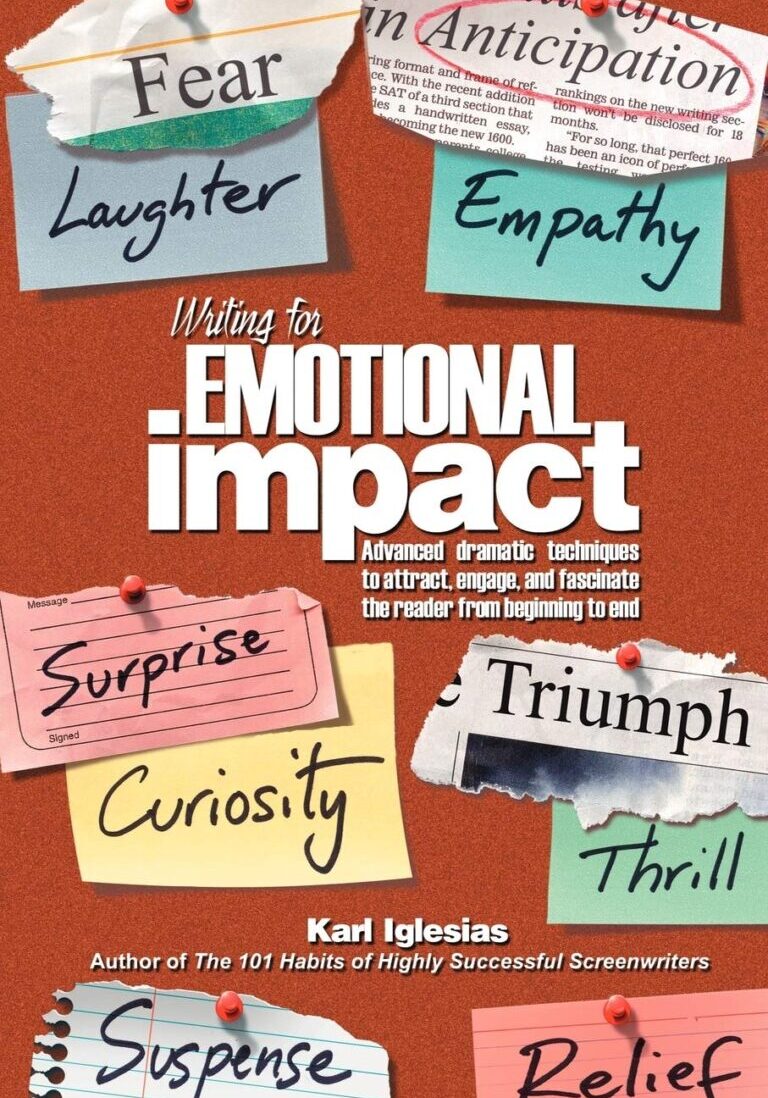
Writing for Emotional Impact by Karl Iglesias
Our Summary
It delves into the psychology of the reader and techniques to create emotional scenes within your storytelling, including in dialogue.
What I Learned From It
This author's way of teaching the craft really chimes with me. It's quite an expensive book but worth it in my opinion. For me, this book takes me into a layer above plot and structure.
Hannah F
[maxbutton id="1" url="https://amzn.to/47N7jRN" ]
[maxbutton id="2" url="https://amzn.to/49QTT9e" ]
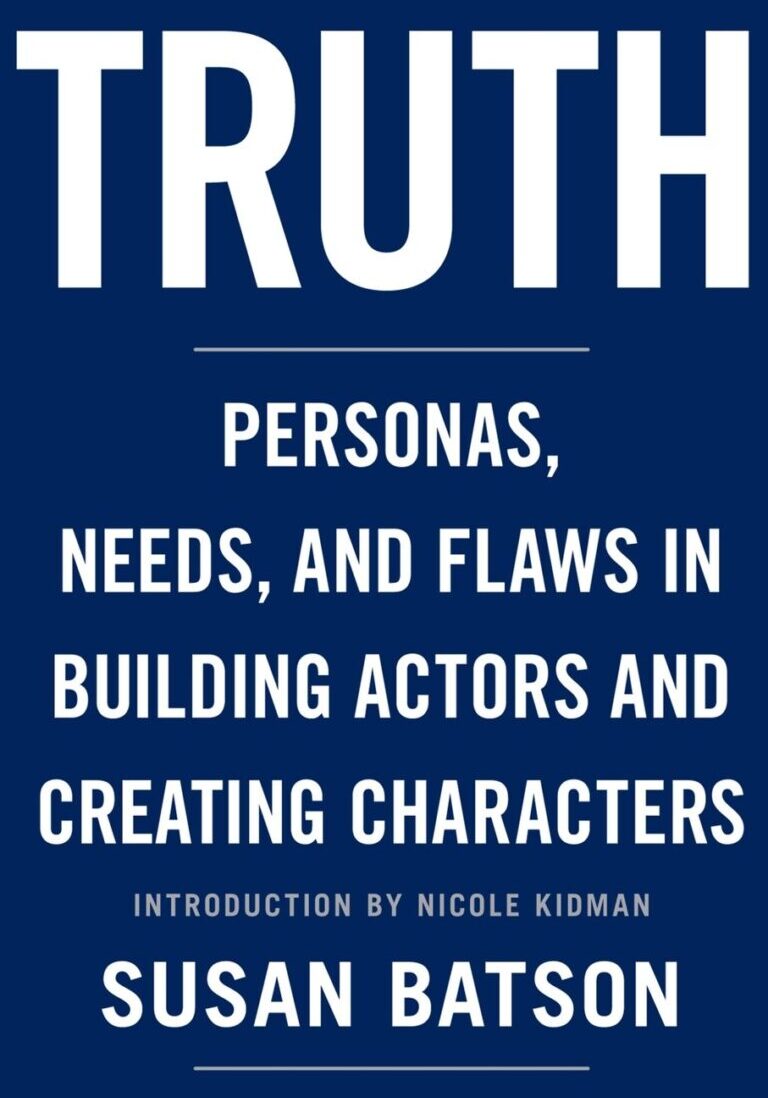
Truth by Susan Batson
Our Summary
Public personas, needs, and tragic flaws - A step-by-step guide for creating truth in a character from an acting perspective.
What I learned From It
This one's a little off the beaten path... I was fascinated with method acting, and wanted to bring that to my writing. How to embody and write the truth of a character. This is one of the books I learned a lot from in that regard.
LJ Beck
[maxbutton id="1" url="https://amzn.to/3GdieIY" ]
[maxbutton id="2" url="https://amzn.to/49PPZgR" ]
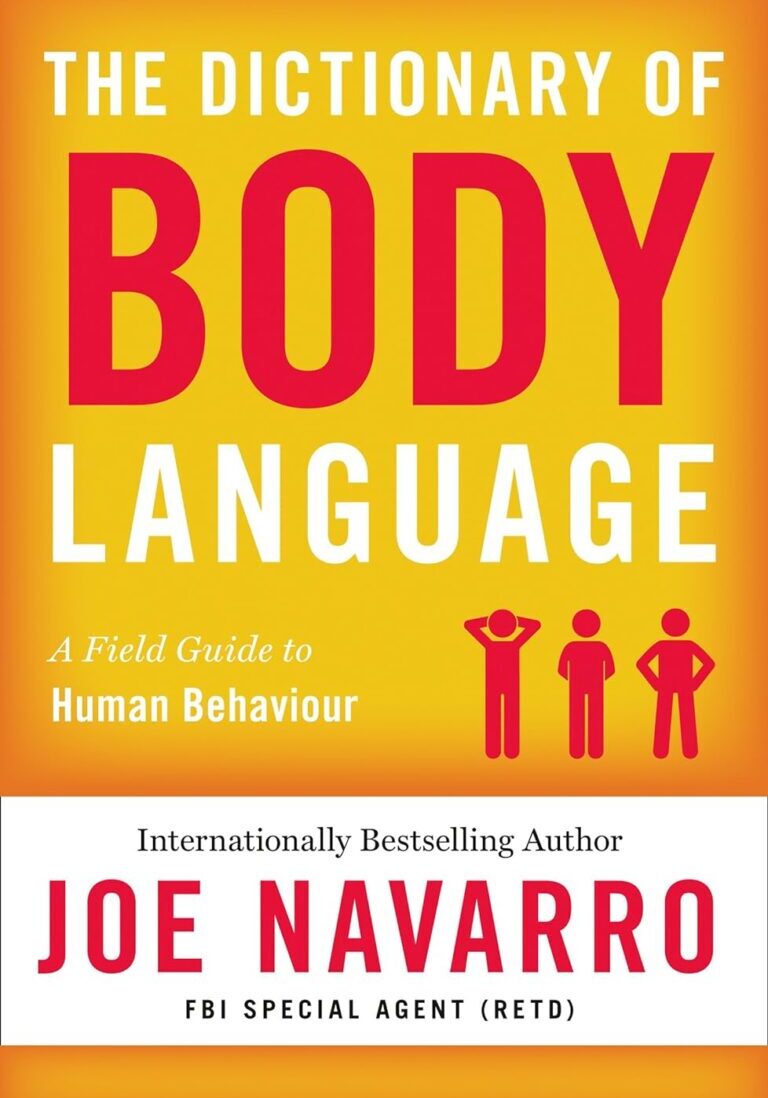
The Dictionary Of Body Language by Joe Navarro
Our Summary
Not a writing book per say, but an invaluable text for writers. That is, it's dictionary structure means you can flick to a section and read about a specific body part you want to write about and read authentic body language positions/movements, etc. for each character. For example, you might might want to write about a character's eye, head, hand, etc. movement, the text allows you to learn authentic, non-cliched body language. Written by a ex-FBI agent, it is easy to read and invaluable for adding layers of authentic 'show' to characters. Works well with Navarro's first book What Every Body is Saying (a more detailed account of body language with illustrations).
What I learned From It
Genuine body language that can be adapted to different characters for accurate emotion and thus characterisation. Rather than relying on the usual cliches in body language for characters, this book elevates and authenticates body language, movement, and thus emotion that 'shows' rather than 'tells' the reader in a believable manner. Easy to use both via the chapter headings and the detailed index to research each different part of the body. This is one book I would not be without as a writer.
Rachael Burnett
[maxbutton id="1" url="https://amzn.to/47FXKVv" ]
[maxbutton id="2" url="https://amzn.to/3RmatXH" ]
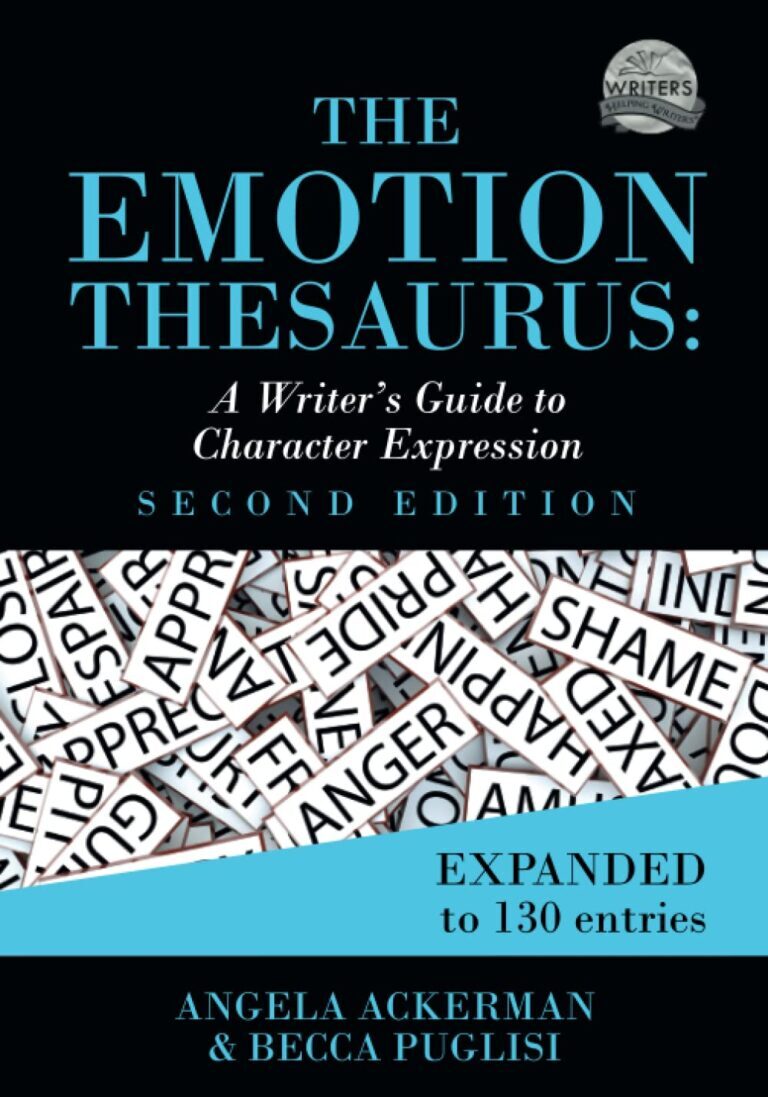
The Emotion Thesaurus by Angela Ackerman And Becca Puglisi
Our Summary
A great one to dip in and out of if you find yourself repeating yourself in terms of showing-not-telling emotions. Gives lots of examples.
What I learned From It
Ideas to avoid repetition and alternative ways to say the same things if emotional reactions are repeated through the story.
Claire G
[maxbutton id="1" url="https://amzn.to/3RcCK2A" ]
[maxbutton id="2" url="https://amzn.to/46tYtYm" ]
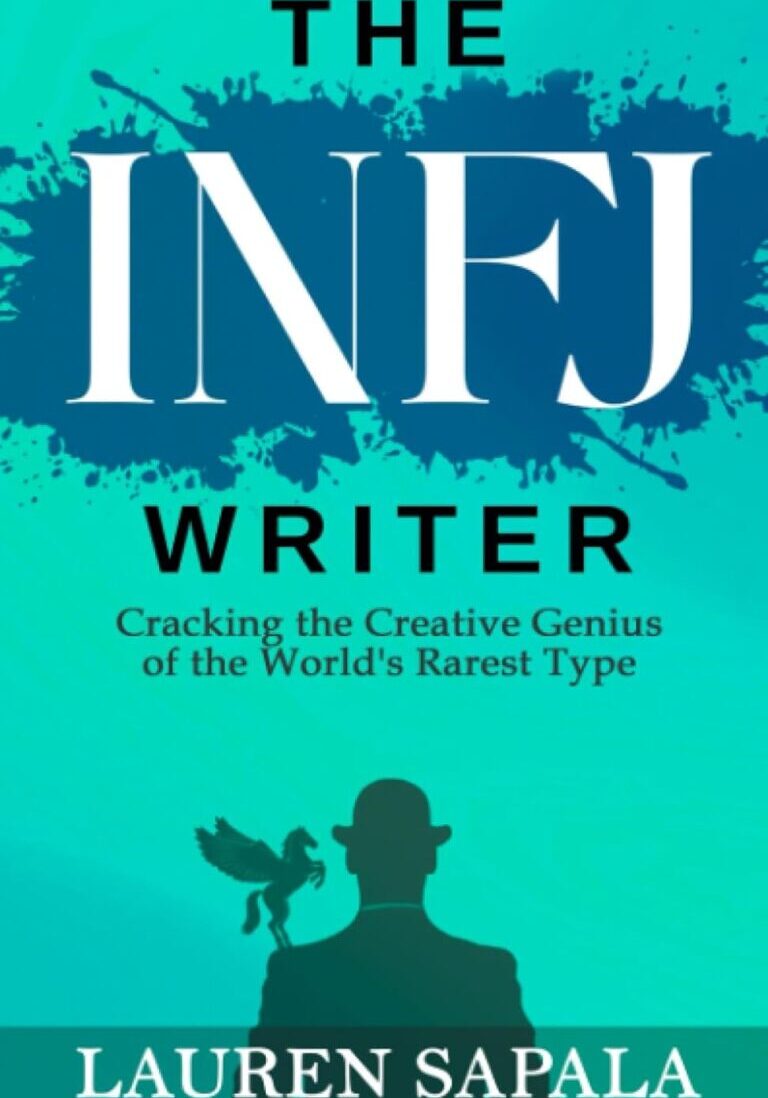
The INFJ Writer by Lauren Sapala
Our Summary
Writing (and living) advice for people whose brains don't work well with logic, plotting etc. Another perspective! (The letters refer to Myers-Briggs type personality indicators, which aren't flawless, but broadly if you tend to be led more by feelings and intuitive reasoning, this might work for you).
What I Learned From It
I'd been getting super snarled up trying to follow advice that just didn't work for me in practice, even though I could see it made theoretical sense. This book gave me a bit of space to trust myself to learn my own process. I've still got a long way to go but I do a lot less bashing my head against a brick wall these days. Sharing it in case anyone else is in the same boat!
Josephine
[maxbutton id="1" url="https://amzn.to/3sI74J9" ]
[maxbutton id="2" url="https://amzn.to/40RToaZ" ]

Show Don’T Tell by Sandra Gerth
Our Summary
Defines and illustrates the strategy. Explains the importance, art and limit of showing; also lists the uses of telling. Offers exercises and proposes solutions for some of them.
What I learned From It
I learned that 'telling' comes naturally to me but 'showing' much less so. This book is one I return to time and time again while I'm revising what I've written.
Jeanette
[maxbutton id="1" url="https://amzn.to/3sEIUzh" ]
[maxbutton id="2" url="https://amzn.to/3sO8Fgp" ]

The Memoir Project – A Thoroughly Non-Standardized Text For Writing & Life by Marion Roach-Smith
Our Summary
Rational and literary at the same time, this slim tome is an extremely helpful exploration of how to turn life into memoir -- without boring the pants off the reader.
What I learned From It
A memoir is an illustration of a truth, a single facet of a life rather than a life story. Just because something happened doesn't make it interesting. Narrow the focus, find your voice and write in scenes until you have a vomit draft. Then the real work begins.
Mel L
[maxbutton id="1" url="https://amzn.to/3QUSpCa" ]
[maxbutton id="2" url="https://amzn.to/3Tc3kKT" ]

Hooked by Les Edgerton
Our Summary
The focus is on great openings and keeping the reader hooked including advice on this from agents and acquiring editors.
What I learned From It
Lots about inciting incidents; balancing backstory in the set up; keeping readers going from one chapter to the next.
Trey
[maxbutton id="1" url="https://amzn.to/3N0OH95" ]
[maxbutton id="2" url="https://amzn.to/3MXZgJY" ]

The Elements Of Eloquence: Secrets Of The Perfect Turn Of Phrase by Mark Forsyth
Our Summary
This is a book with a clear message (from the blurb): In an age unhealthily obsessed with the power of substance, this is a book that highlights the importance of style.
What I learned From It
About thirty chapters each dedicated to a rhetorical figure. The book is a fun read and has plenty of examples from The Bible, Shakespeare and Tupac ( "Money don't make the man, but man I'm making money")
JohnBertel
[maxbutton id="1" url="https://amzn.to/49IxFXf" ]
[maxbutton id="2" url="https://amzn.to/49MyLB7" ]

Story Genius by Lisa Cron
Our Summary
It’s every novelist’s greatest fear: pouring their blood, sweat, and tears into writing hundreds of pages only to realize that their story has no sense of urgency, no internal logic, and so is a page one rewrite.
What I learned From It
The prevailing wisdom in the writing community is that there are just two ways around this problem: pantsing (winging it) and plotting (focusing on the external plot). Story coach Lisa Cron has spent her career discovering why these methods don’t work and coming up with a powerful alternative, based on the science behind what our brains are wired to crave in every story we read (and it’s not what you think).
AnnieSummerlee
[maxbutton id="1" url="https://amzn.to/40SCokV" ]
[maxbutton id="2" url="https://amzn.to/3Rm3AFP" ]

Stein On Writing by Sol Stein
Our Summary
With examples from bestsellers as well as from students' drafts, Stein offers detailed sections on characterization, dialogue, pacing, flashbacks, trimming away flabby wording, the so-called "triage" method of revision, using the techniques of fiction to enliven nonfiction, and more.
What I learned From It
I got this in audio and it is like being called into the editors office and being told what goes, what stays. He talks about good writing, higher writing, yes. But always making it clear that you gotta get bums on seats,
Pamela Jo
[maxbutton id="1" url="https://amzn.to/3QQ9A87" ]
[maxbutton id="2" url="https://amzn.to/3sELfu3" ]
Basic Membership Is Free.
Basic membership is sufficient for many writers.
Benefit from unlimited access to the Writing Lab for critiques using the Litopia® Method… Start your own writer’s blog on our powerful platform… And of course, maximum support from the oldest and friendliest community for writers on the ‘net.
Full Membership Is Only $149.95 For An Entire Year
Everything in Basic Membership plus unlimited access to all our writing seminars and unlimited access to our weekly live Writers’ Huddles for personal mentoring & coaching.
